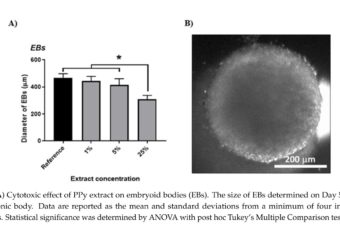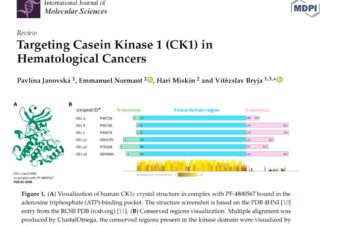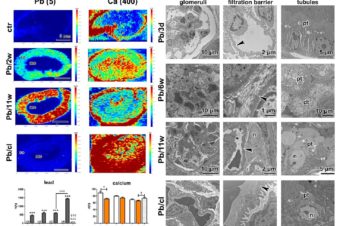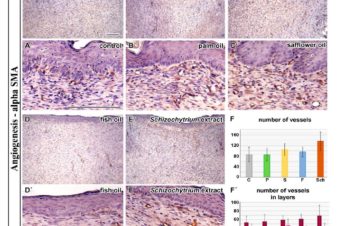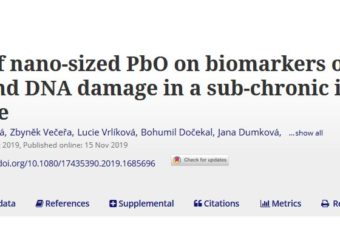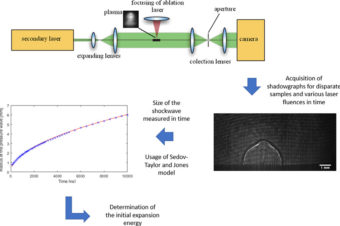Van Gogh-like (Vangl) and Prickle (Pk) are core components of the non-canonical Wnt planar cell polarity pathway that controls epithelial polarity and cell migration. Studies in vertebrate model systems have suggested that Vangl and Pk may also inhibit signaling through the canonical Wnt/β-catenin pathway, but the functional significance of this potential cross-talk is unclear. In the nematode C. elegans, the Q neuroblasts and their descendants migrate in opposite directions along the anteroposterior body axis. The direction of these migrations is specified by Wnt signaling, with activation of canonical Wnt signaling driving posterior migration, and non-canonical Wnt signaling anterior migration. Here, we show that the Vangl ortholog VANG-1 influences the Wnt signaling response of the Q neuroblasts by negatively regulating canonical Wnt signaling. This inhibitory activity depends on a carboxy-terminal PDZ binding motif in VANG-1 and the Dishevelled ortholog MIG-5, but is independent of the Pk ortholog PRKL-1. Moreover, using Vangl1 and Vangl2 double mutant cells, we show that a similar mechanism acts in mammalian cells. We conclude that cross-talk between VANG-1/Vangl and the canonical Wnt pathway is an evolutionarily conserved mechanism that ensures robust specification of Wnt signaling responses. Read full story
Similar Posts
Modulation of Differentiation of Embryonic Stem Cells by Polypyrrole: The Impact on Neurogenesis
Abstract: The active role of biomaterials in the regeneration of tissues and their ability to... Read More
Targeting Casein Kinase 1 (CK1) in Hematological Cancers
The casein kinase 1 enzymes (CK1) form a family of serine/threonine kinases with seven CK1... Read More
A Clearance Period after Soluble Lead Nanoparticle Inhalation Did Not Ameliorate the Negative Effects on Target Tissues Due to Decreased Immune Response
The inhalation of metal (including lead) nanoparticles poses a real health issue to people and... Read More
Comparison of Dietary Oils with Different Polyunsaturated Fatty Acid n-3 and n-6 Content in the Rat Model of Cutaneous Wound Healing
Dietary supplementation with polyunsaturated fatty acids (PUFA) n-3 can affect cutaneous wound healing; however, recent... Read More
The effects of nano-sized PbO on biomarkers of membrane disruption and DNA damage in a sub-chronic inhalation study on mice
Although the production of engineered nanoparticles increases our knowledge of toxicity and mechanisms of bioactivity... Read More
Determination of initial expansion energy with shadowgraphy in laser-induced breakdown spectroscopy
Abstract: Laser-induced plasma (LIP) is dependent on many experimental conditions, as well as on the... Read More
